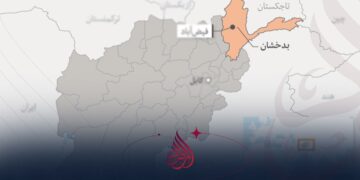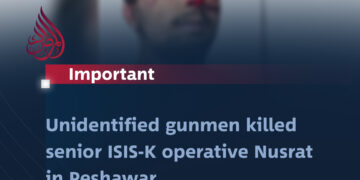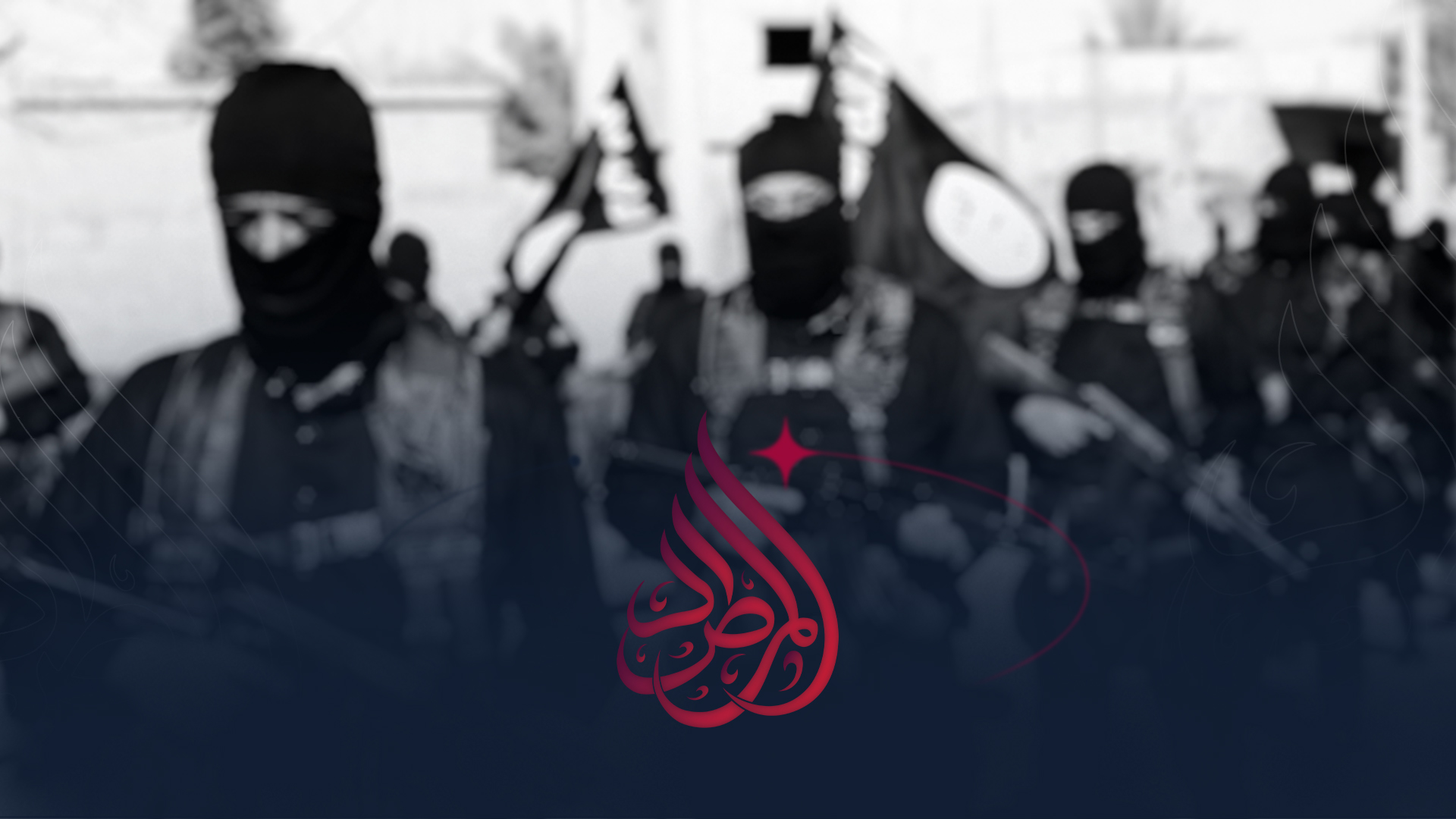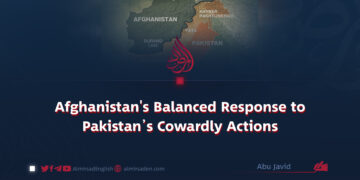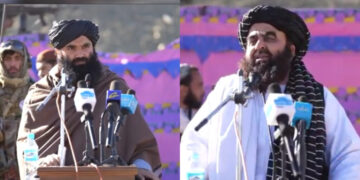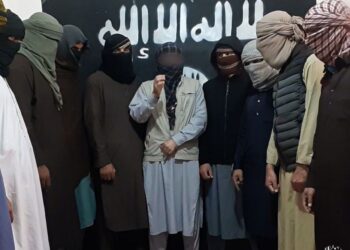ISIS militants operating from entrenched bases in Balochistan recently carried out an attack in the Nushki area, killing two personnel from the Levies Force.
According to reports, the Levies personnel were shot dead last Wednesday in Nushki’s Gharibabad area. ISIS later claimed responsibility for the assault. Sources suggest the slain personnel were part of a local unit that had intercepted an ISIS logistical convoy without prior coordination with intelligence agencies.
Sources further indicate that several ISIS centers remain active in Mastung and other parts of Balochistan. These facilities continue to serve as training grounds and operational planning hubs. Despite this, the Pakistani military regime reportedly overlooks their activities, exploiting ISIS as a tool against its opponents and leveraging its presence to maintain Western support.
Several months ago, extensive operations were conducted against Mastung-based ISIS centers. Dozens of militants, including several foreign nationals who had been brought in for training, were killed. These camps were intended as launch points to deploy operatives for attacks across the region and beyond, particularly in Afghanistan and Western countries. Most ISIS-linked attacks in Balochistan have targeted individuals and groups perceived to be opposing the Pakistani military establishment.
Last week, Zabihullah Mujahid, spokesperson for the Islamic Emirate of Afghanistan, stated at a press conference that ISIS-K leader Shahab al-Muhajir and several of his close associates, Abdul Hakim Tauhidi, Sultan Aziz Azzam, and Salahuddin Rajab, who manages contacts with ISIS’s central leadership and oversees the so-called Maktab Sadiq, are currently hiding inside Pakistan. Mujahid added that these safe havens are being used to plan and coordinate attacks, as well as to train operatives for missions in Afghanistan, the wider region, and beyond.









